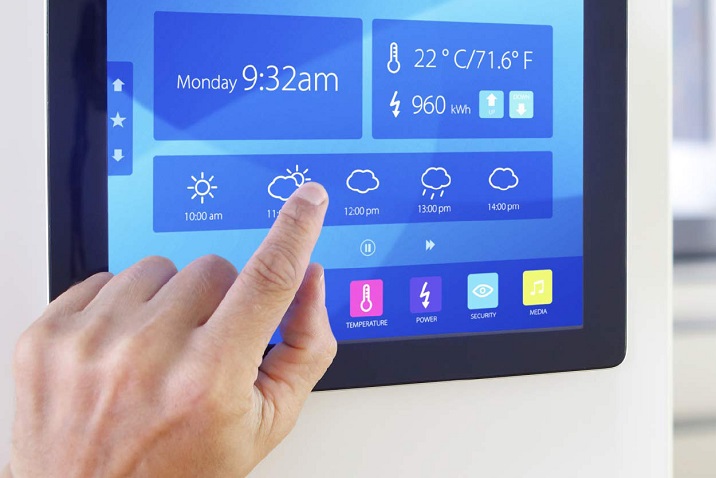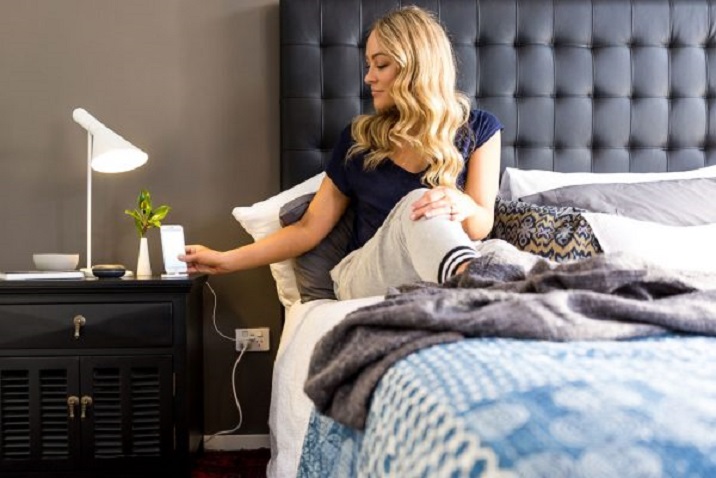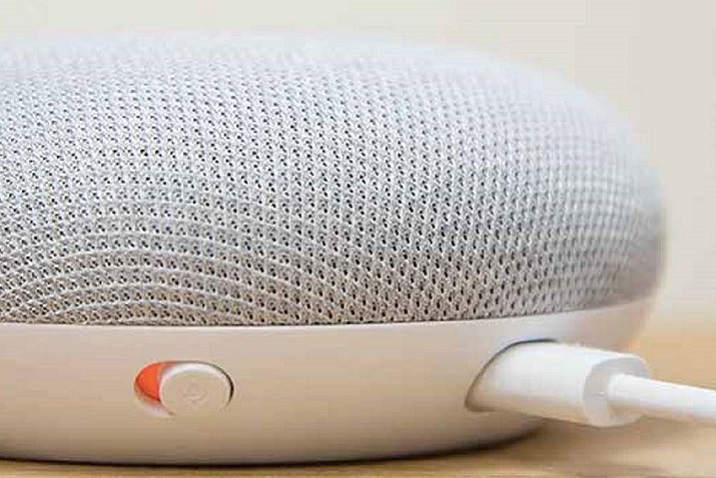What is a smart home?
Sometimes also referred to as ‘domotics’, the smart home and smart buildings concepts are all about home automation. Smart homes are those in which things like heating and air conditioning, security, lighting, blinds, entertainment equipment, and so forth are automated and operated via a central control system known as a ‘hub’ or a ‘gateway’.
In practical terms, this means that a smart house maximises convenience. Heating and/or air-conditioning comes on only when it is needed, lights turn on when you enter the room, vision from security cameras can be viewed online, and efficiency is maximised.

How do smart homes work?
The smart home concept arose with the introduction of the much-talked-about Internet of Things (IoT). This refers to the use of digitally-connected sensors, switches, timers and so forth to automate ‘things’ (lighting, air conditioning) to allow them to be controlled and automated.
Initially conceived as a way to make manufacturing more efficient, the IoT concept has also proven effective when applied to home automation and smart homes.
A smart house is wired and connected in such a way that all relevant components like lighting, entertainment, and so forth are controlled via the hub. Washing turn on automatically late at night when energy costs are low, thermostats control the temperature when people are home but not when they are out lights turn on only when needed.
Importantly, homeowners are also able to override this functionality as they choose via a user interface (on their tablet, phone, desktop, etc.). Smart homes are effective, efficient, tidy, and comfortable.

The pros and cons of a smart house:
The Pros:
1. Convenience: A Well-functioning automated home makes home life easier. Put simply, they eliminate a lot of boring everyday tasks, and leave you with more time to relax or devote to other more interesting, worthwhile, or profitable pursuits. They mean you do not have to spend time adjusting your heating, worrying about security concerns, opening and closing blinds, or checking if you turned off your oven.
2. Safety & Security: Those who live in a smart house are able to go to bed, safe in the knowledge that they are safe, not only from intruders, but from things like gas leaks or poor indoor air quality. Whenever problems of this type arise, they know that they will be the first to know and that they will be able to act accordingly.
3. Energy efficiency and sustainability: Smart homes are those in which white goods are operated at the most cost-effective times, heating and air-conditioning shuts off as soon as it is no longer needed, and lights are never left on. They are places where blinds are optimised and therefore capable of improving thermal efficiency, gardens are watered effectively and water waste is minimised, and homeowners’ bills are low. And therefore, they are also efficient and sustainable.

The Cons:
1. Cost: Installation costs are the main concern associated with smart homes, because in the long run, automation will actually save you money. Still, the price tags associated with installation make smart homes prohibitive for many. For renters, it is clear that at this point in time smart homes are available only at the high end of the market.
2. Malfunctions: One obvious problem associated with an automated home and the Internet of Things is that, when the network is down, the system ceases to function properly. On top of that, you need to ensure product compatibility. All components of your integrated connected home need to be able to communicate effectively with each other. For this and other reasons, the setup of smart homes can be quite a complex and time-consuming task.

What components are typically automated in smart homes?
This varies on a case-by-case basis. Given that a connected home is all about improving the comfort and convenience of householders, working out how far to take home automation is a matter of personal choice. While some like the idea of never having to turn on a light or bathroom fan, others prefer to leave little tasks like this out of the equation.
These are the types of things that are typically automated in smart homes:
Security – Digitally connected motion sensors and cameras make it possible to monitor on your own device from anywhere.
Lighting – The presence of lighting control systems along with motion sensors mean that you never have to touch a light switch again. In addition, when you are away on holidays, you can program your lights to make it seem you are still there
Whitegoods – in intelligent houses with their own solar panels, whitegoods can be programmed to operate at optimal times during the middle of the day.
Video and audio equipment – Smart house incorporate voice control devices like Google Home or Amazon Alexa to facilitate entertainment.
HVAC – An automated home makes it possible to maximise thermal efficiency and also do things like turn on your heating shortly before its time to get up in the morning or before you are due home from work.
Air quality control & leak detection, smoke and CO detectors – This sophisticated technology ensures that such issues are identified as soon as possible, and your family’s health is a top priority.

How much does building a smart home cost?
Once again, cost is variable and comes down to the level of automation you are seeking as well as the quality of the products you are willing to purchase.
At the low end, those you can connect the lights in a small home to a mobile phone and add a smart speaker for a total of a couple of hundred dollars. Then, at the other extreme, high end smart homes can cost up to $10,000 to set up.

